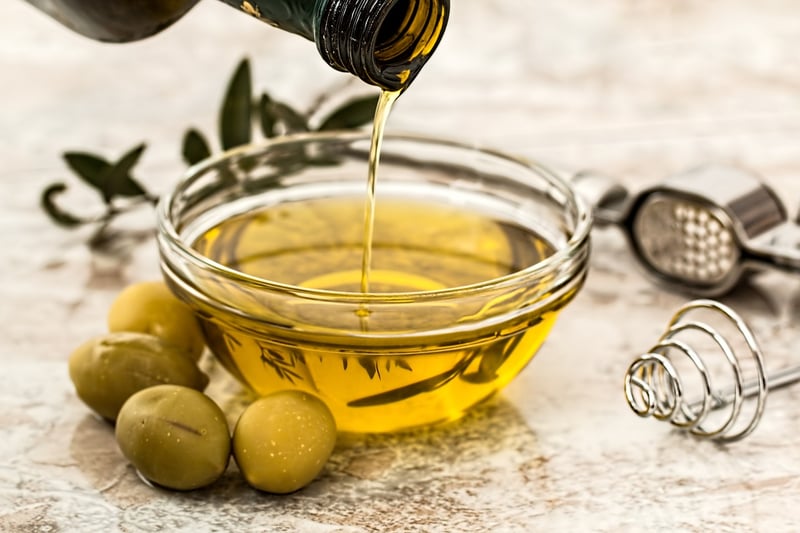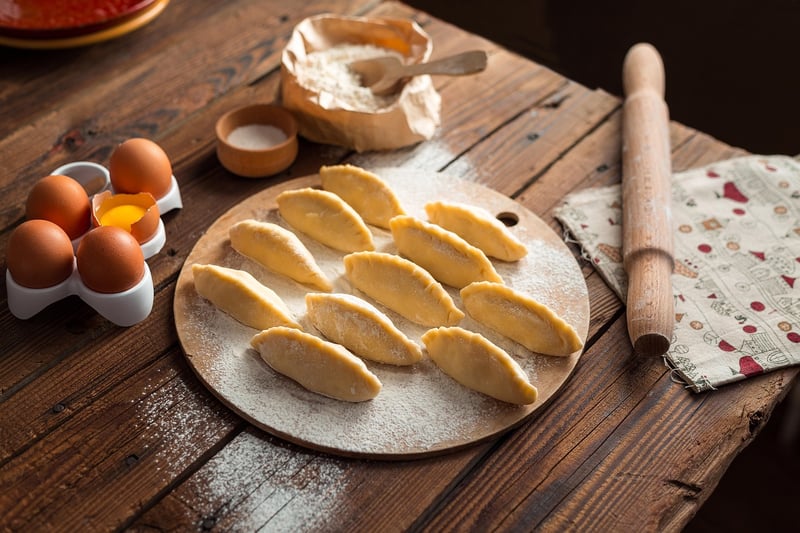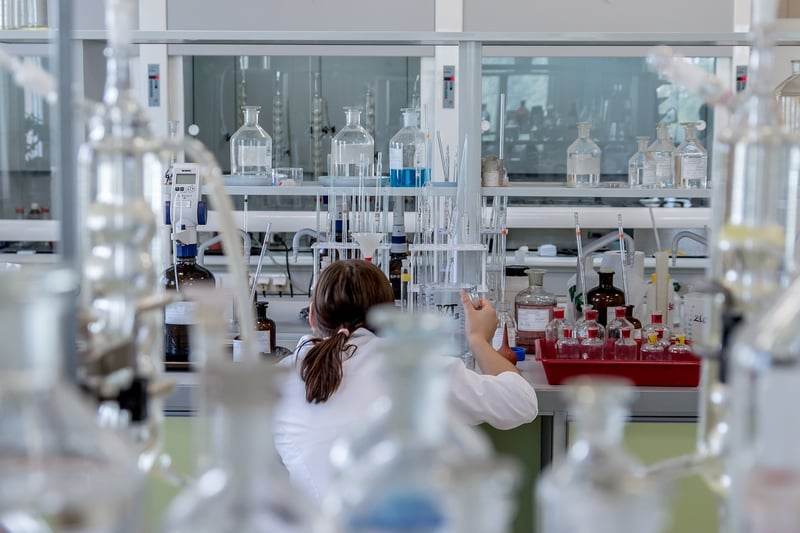Cooking Chemistry
The Fascinating Science Behind Food and Cooking Chemistry
Have you ever wondered about the magic that happens in your kitchen when you cook your favorite meal? The process of cooking involves a complex interplay of chemical reactions that transform raw ingredients into delicious dishes. Let's delve into the fascinating world of food and cooking chemistry to understand the science behind what we eat.
Maillard Reaction: The Secret to Flavorful Food
One of the key chemical reactions that occur during cooking is the Maillard reaction. This reaction takes place between amino acids and reducing sugars when exposed to heat, resulting in the characteristic brown color and complex flavors in cooked foods like seared steaks, toasted bread, and roasted coffee beans.

Emulsions: The Science of Stable Mixtures
Emulsions play a crucial role in creating stable mixtures of liquids that don't naturally mix, such as oil and vinegar in salad dressings. By using emulsifiers like egg yolks or mustard, we can create creamy and smooth textures that enhance the overall eating experience.

Leavening Agents: The Key to Fluffy Baked Goods
When baking, leavening agents like yeast, baking powder, and baking soda create gas bubbles in the dough or batter, causing it to rise and giving baked goods their light and airy texture. Understanding the role of leavening agents is essential for achieving the perfect balance of rise and structure in cakes, bread, and pastries.

Caramelization: Turning Sugar into Gold
Caramelization occurs when sugar is heated, breaking down into simpler compounds that produce a range of rich flavors and golden-brown hues. This process is responsible for creating the sweet and complex taste of caramel, as well as the crispy crust on desserts like crème brûlée.

Conclusion
Next time you step into the kitchen to prepare a meal, remember that behind every dish lies a world of fascinating chemistry. By understanding the science of food and cooking, you can elevate your culinary skills and create gastronomic delights that tantalize the taste buds.
Embrace the chemistry of cooking, and unlock the secrets to extraordinary flavors and textures in your homemade creations!
